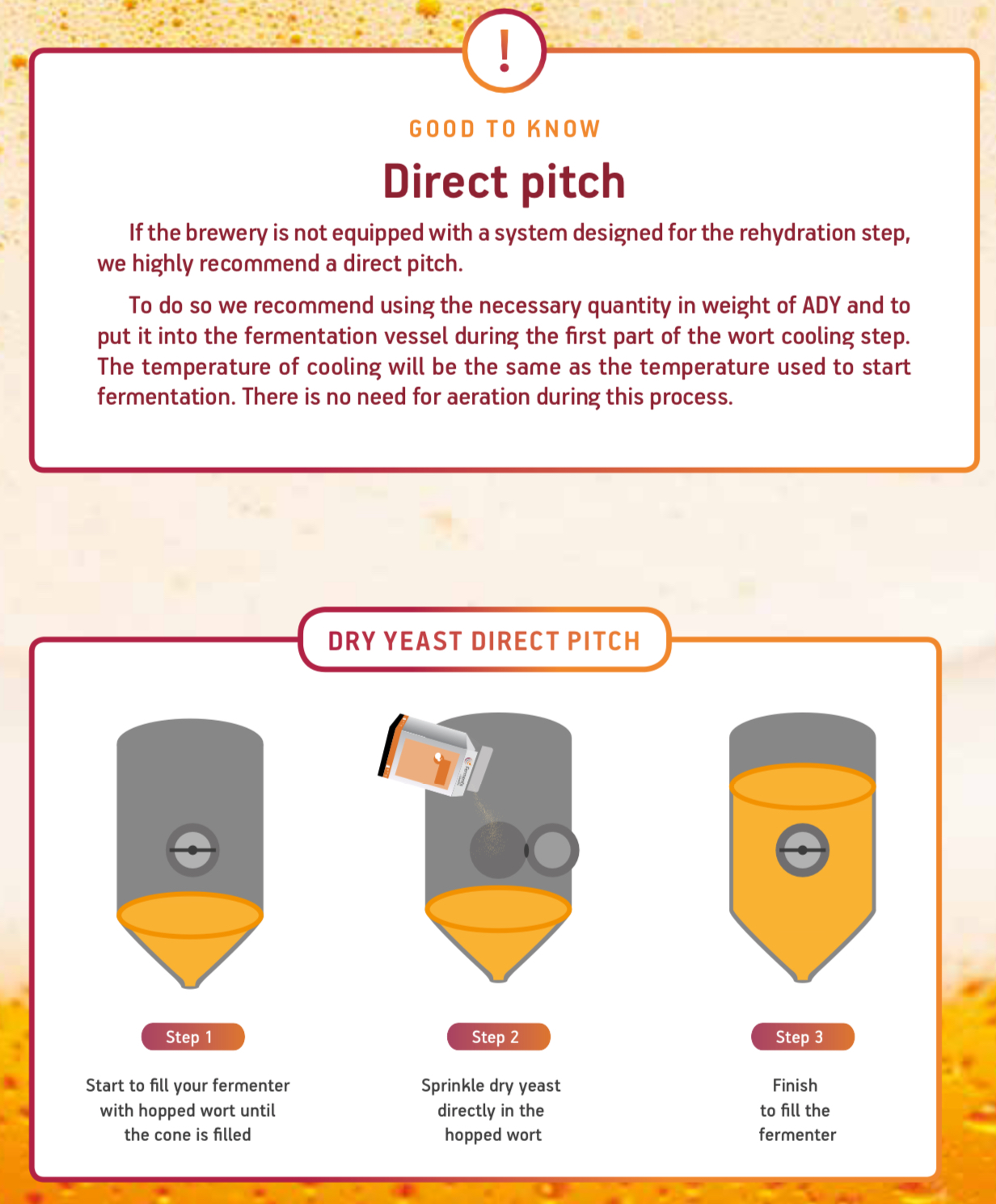I have just started another Young's American extract kit, this time an IPA.
Although the instructions say sprinkle the dry yeast this time I rehydrated it.
When dry yeast is pitched it settles on top of the wort but after pitching the rehydrated yeast, it pretty much settled straight to the bottom.
Should I add some more yeast?
Thanks
Although the instructions say sprinkle the dry yeast this time I rehydrated it.
When dry yeast is pitched it settles on top of the wort but after pitching the rehydrated yeast, it pretty much settled straight to the bottom.
Should I add some more yeast?
Thanks




